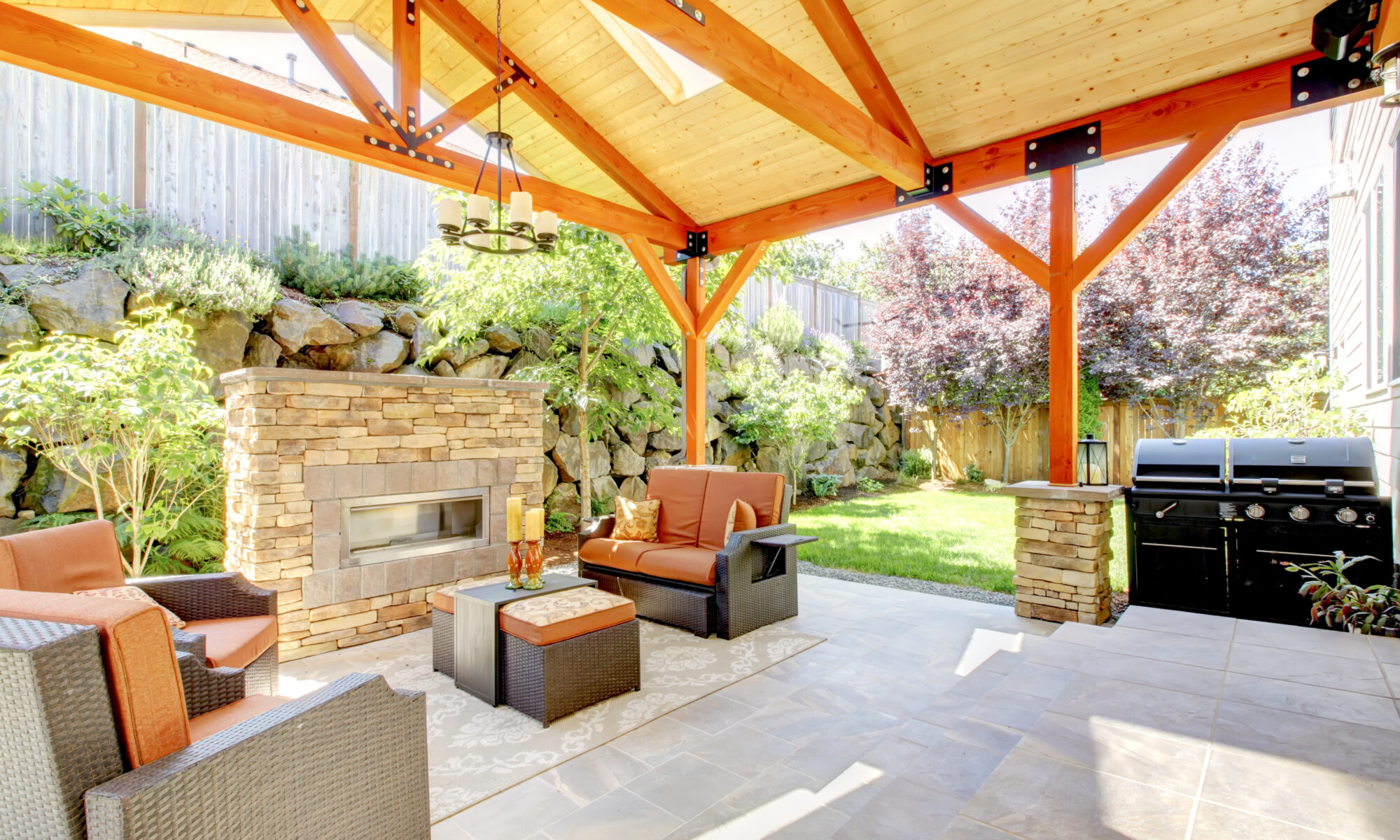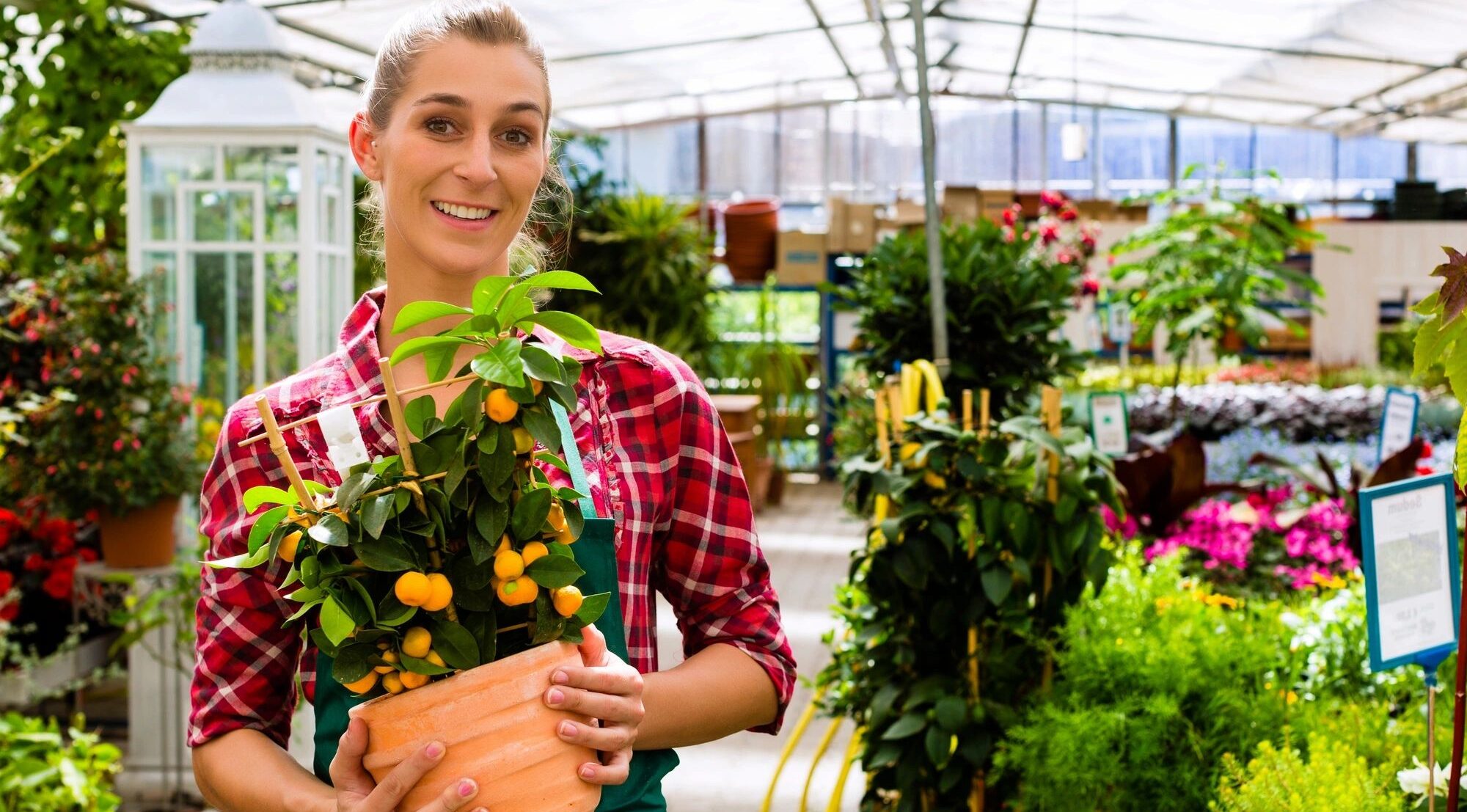Are you searching for expert deck builders in the Poconos? Look no further! At Pocono Exteriors, we specialize in designing and building high-quality custom decks that enhance your outdoor living space. Whether you’re looking for a wood deck, composite deck, or a stone deck, we have the expertise to bring your vision to life.
Why Choose Pocono Exteriors for Your Deck Project?
As one of the leading deck construction companies in the Poconos, we take pride in our craftsmanship, attention to detail, and commitment to customer satisfaction. Here’s why homeowners in Stroudsburg, East Stroudsburg, Mount Pocono, and surrounding areas trust us with their outdoor spaces:
1. Custom Deck Designs
Every home is unique, and your deck should be too! We create custom deck designs tailored to your space, lifestyle, and budget. Whether you want a spacious entertainment deck, a wraparound deck, or a cozy backyard retreat, we’ll craft the perfect outdoor structure for your needs.
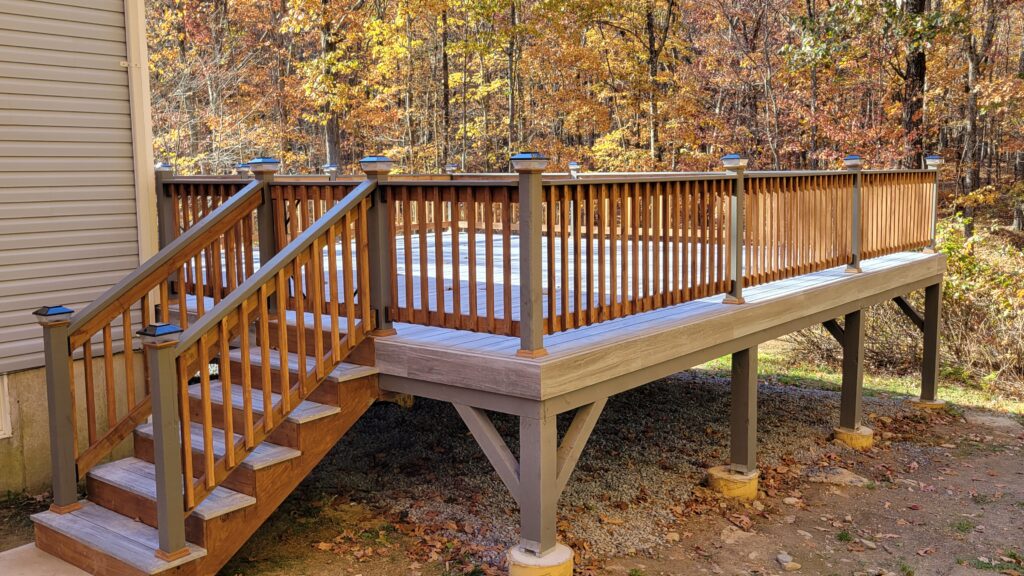
2. High-Quality Materials
We work with a variety of premium materials, including pressure-treated wood, cedar, composite decking from brands like Trex and TimberTech, and Tanzite stone decking. Our decks are built to withstand the elements and provide long-lasting beauty and functionality.
3. Experienced Deck Contractors
Our team of skilled deck contractors in the Poconos has years of experience designing and installing decks of all sizes and styles. We handle everything from permitting and planning to construction and finishing touches.
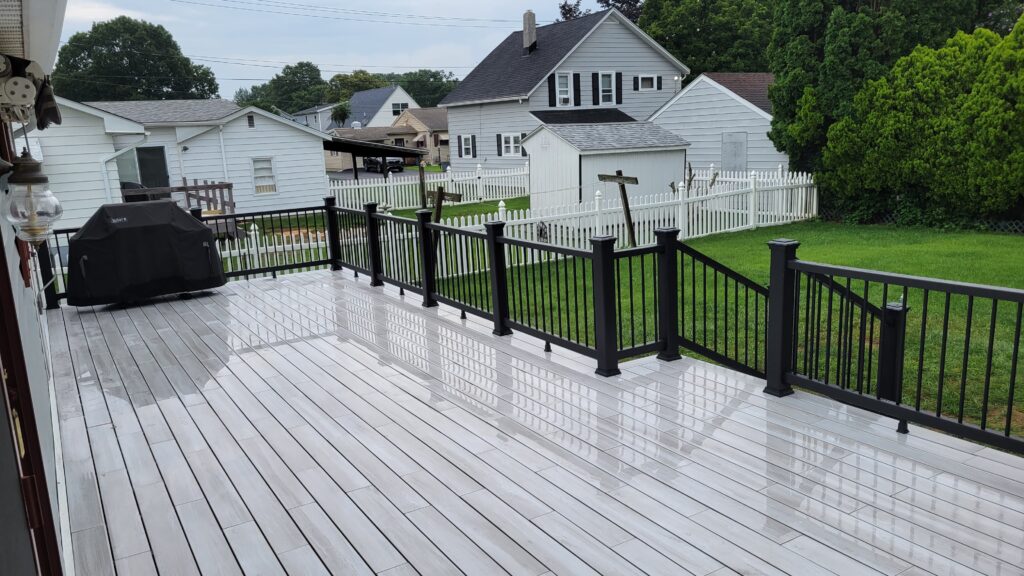
4. Enhancements & Features
Want to take your deck to the next level? We can incorporate built-in seating, pergolas, deck lighting, outdoor kitchens, fire pits, and more to create a fully customized outdoor oasis.
Benefits of Adding a Deck to Your Poconos Home
A well-built deck not only enhances your home’s curb appeal but also increases its value and functionality. Here are some reasons why investing in a deck is a great decision:
- Expands your outdoor living space for entertaining, relaxing, and enjoying nature.
- Adds to your property’s resale value, making it more attractive to potential buyers.
- Provides a safe and durable surface for grilling, dining, and family gatherings.
- Complements the beautiful Poconos landscape with a seamless outdoor transition.
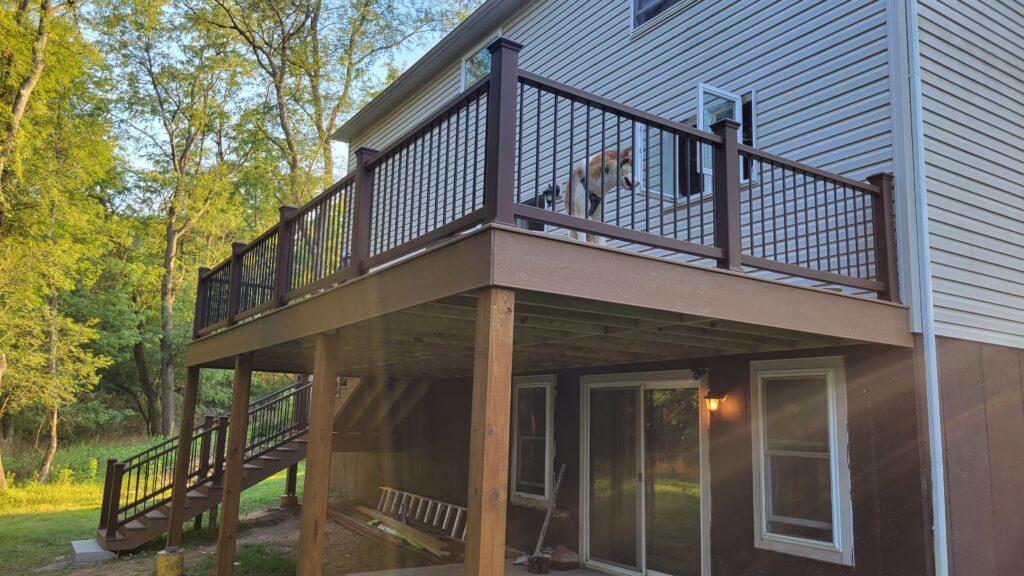
Get a Free Quote from the Top Deck Builders in the Poconos
If you’re ready to transform your backyard with a stunning new deck, Pocono Exteriors is here to help. We proudly serve homeowners in Monroe County, Pike County, Carbon County, and beyond. Contact us today for a free consultation and estimate!
📞 Call us at 844 799 0277
📧 Email us at nigelryan@poconoexteriors.com
🌐 Book a discovery call here
Let’s build the perfect deck for your Poconos home and create an outdoor space you’ll love for years to come!



